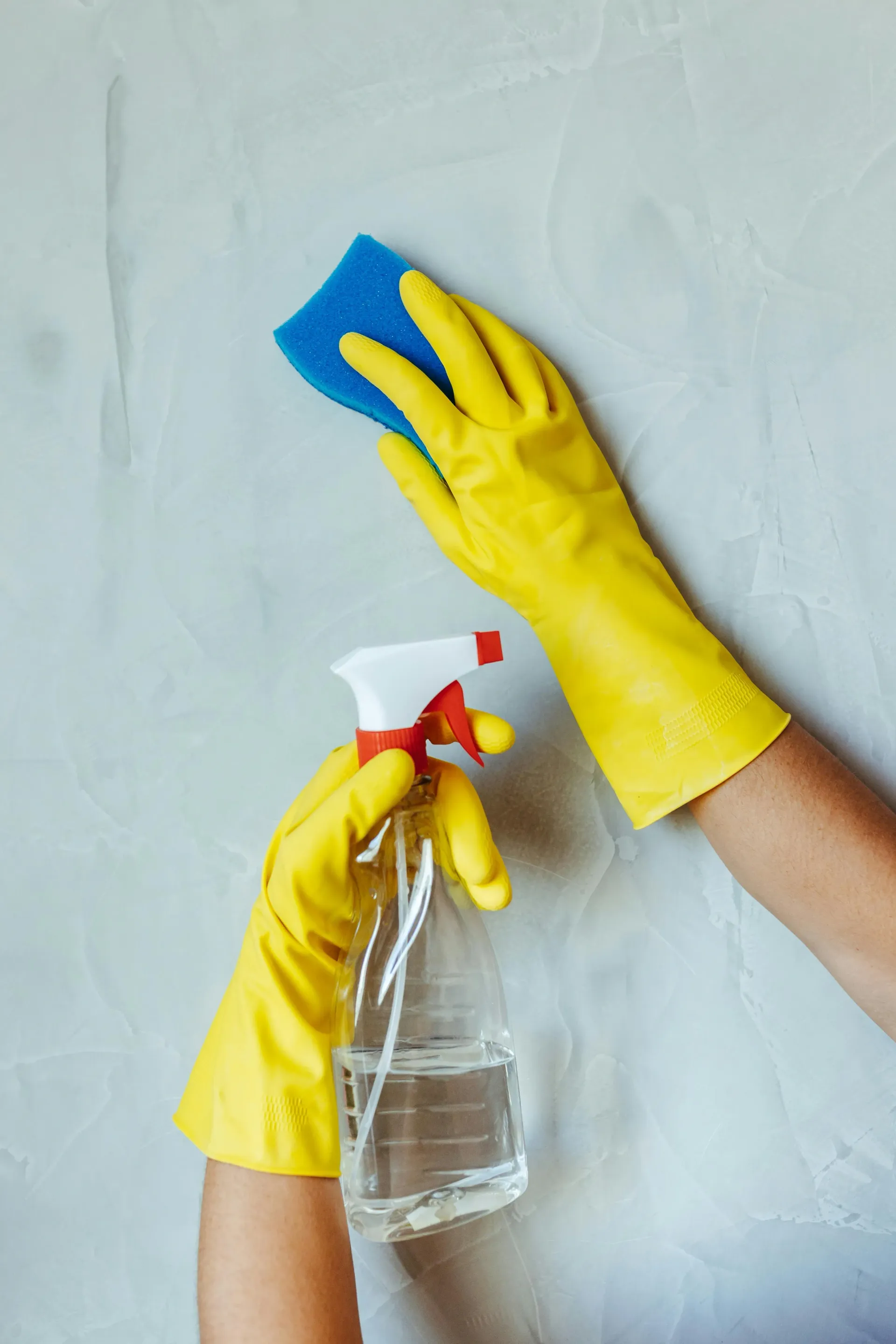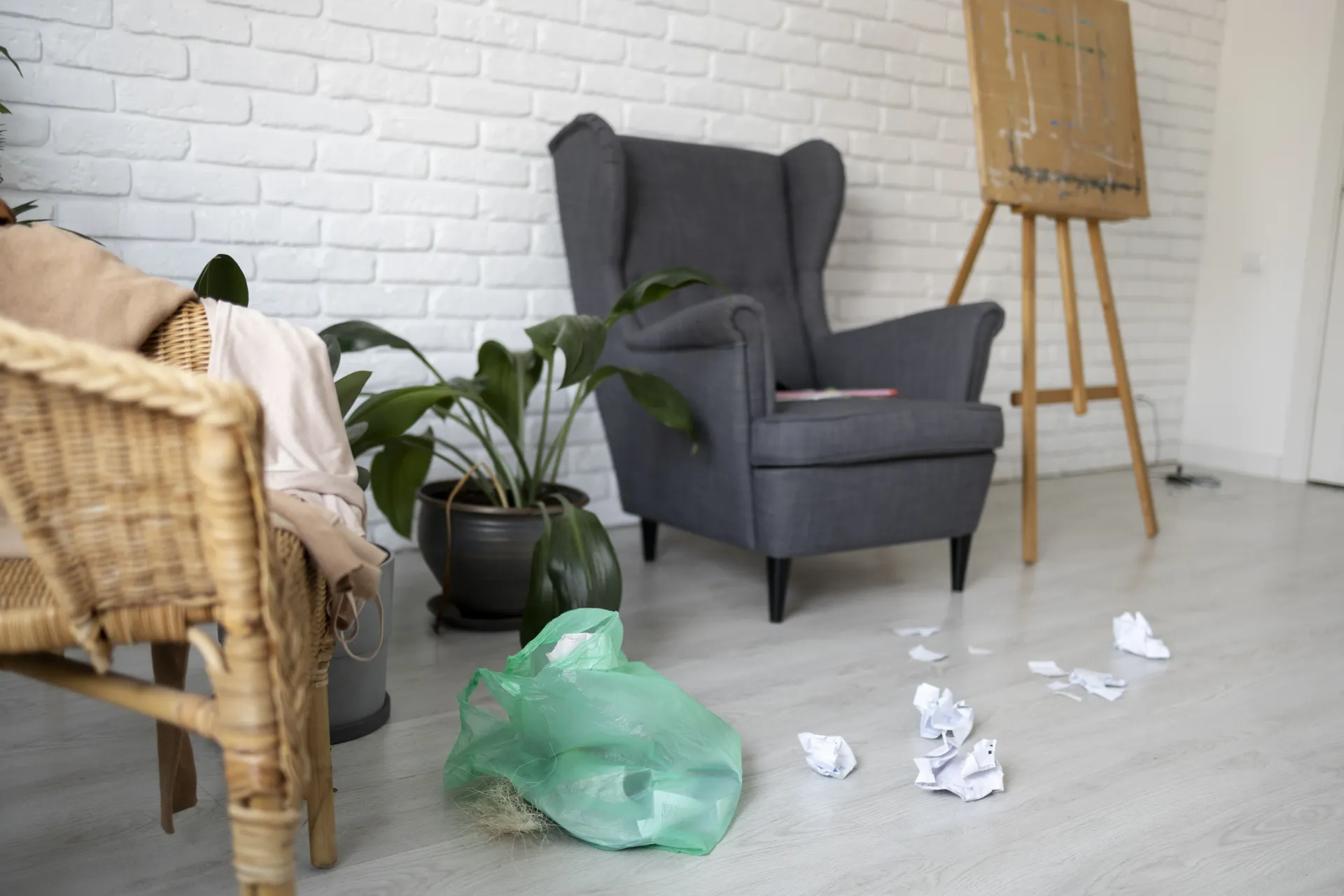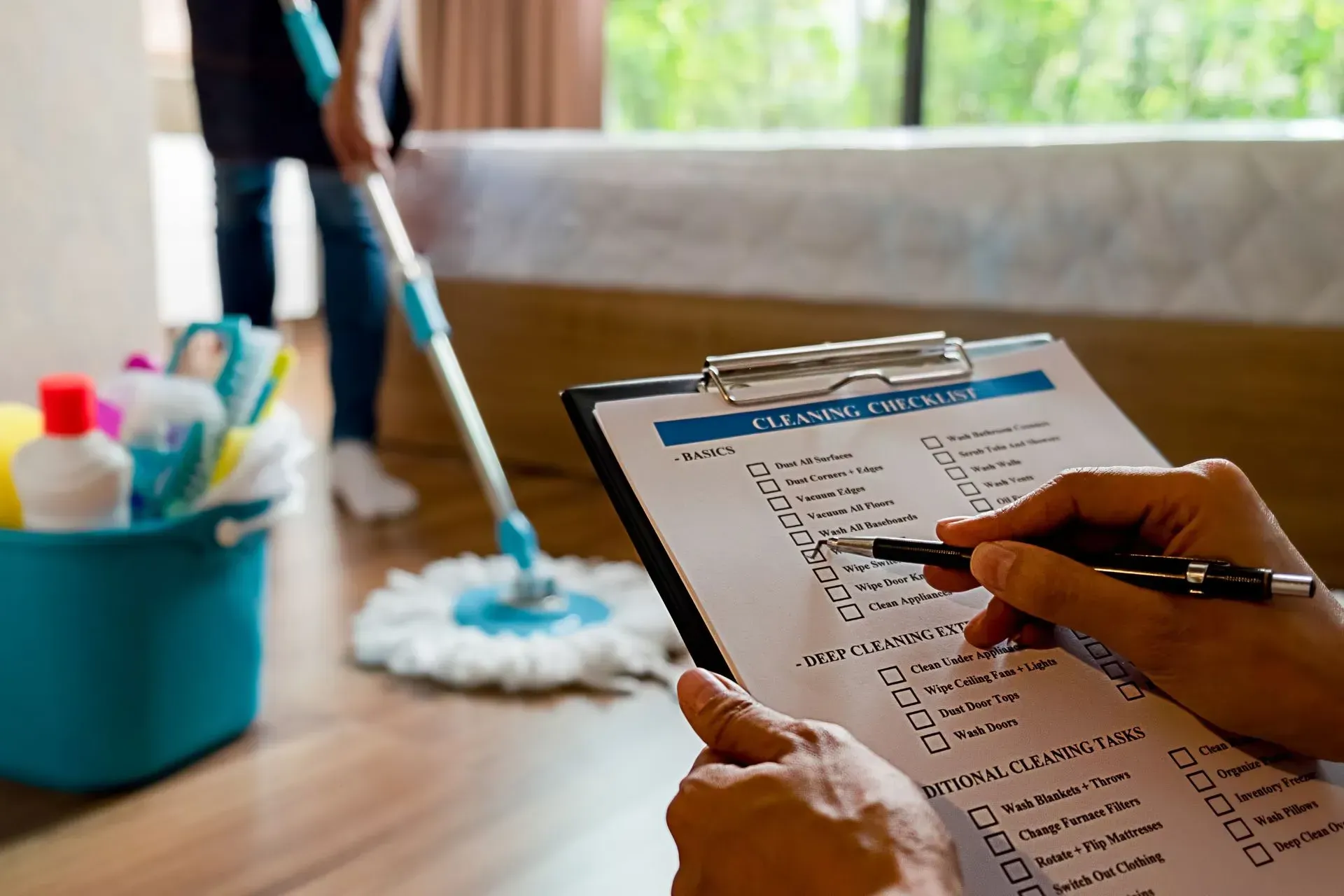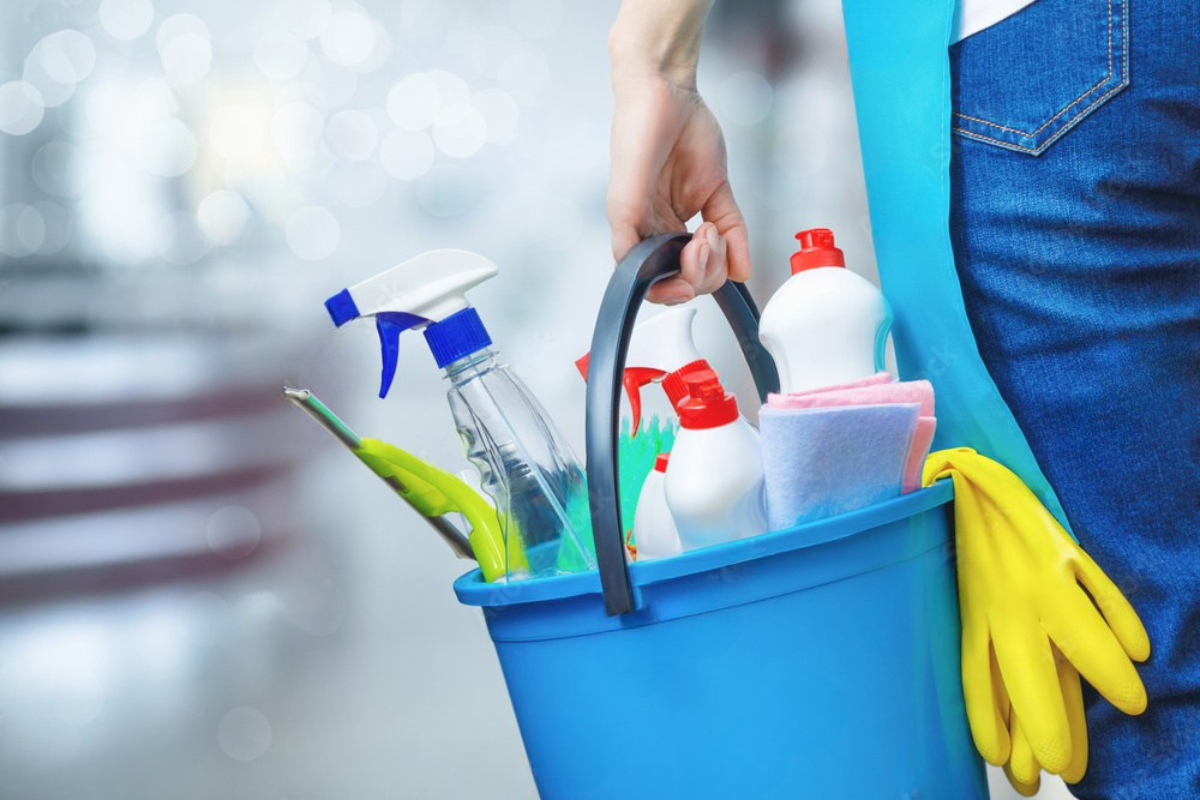Breathe Easier: How Deep Cleaning Removes Hidden Allergens
Let’s face it—most of us clean just enough to make our homes look tidy. However, underneath that surface-level sparkle lies a hidden world of microscopic threats. Allergens like dust mites, pet dander, pollen, and mold spores thrive in places we often overlook. This is where deep cleaning becomes not just a luxury but a necessity for health-conscious living. Unlike routine dusting and vacuuming, deep cleaning penetrates these hidden zones, uprooting contaminants that standard methods can’t touch.
Whether you're suffering from allergies, asthma, or just want to breathe fresher air, deep cleaning plays a transformative role in your well-being. And if you’re wondering how to get started, many homeowners turn to a Cleaning Service that specializes in allergen elimination.
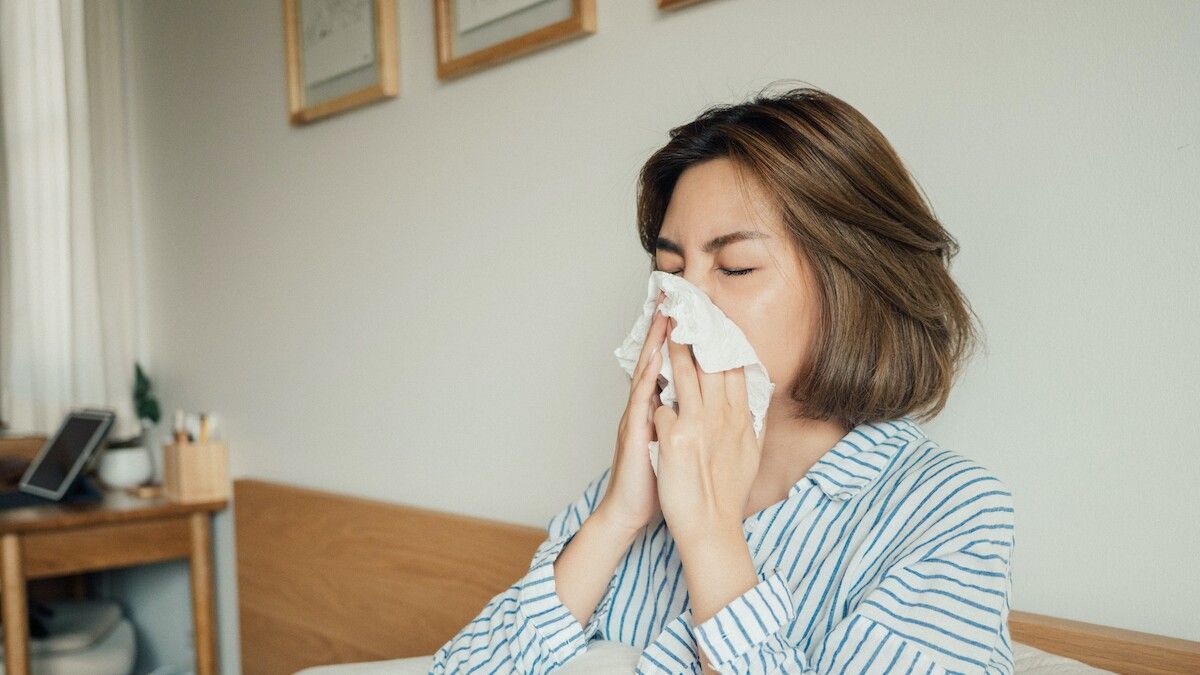
What Are Hidden Allergens and Where Do They Lurk?
Hidden allergens are sneaky. They're not just on the floor or countertops—they reside deep within our homes, embedded in carpets, trapped in upholstery, clinging to HVAC ducts, and hiding under appliances. The most common culprits include:
- Dust mites (especially in bedding and carpets)
- Pet dander (microscopic skin flakes from cats, dogs, etc.)
- Pollen (carried indoors by wind or pets)
- Mold spores (especially in damp or humid areas)
These allergens accumulate over time, contributing to respiratory discomfort, sneezing fits, skin rashes, and even chronic fatigue. Knowing their hideouts is the first step toward evicting them permanently.
Why Deep Cleaning Is More Effective Than Regular Cleaning
There’s regular cleaning… and then there’s deep cleaning. The difference? Depth, of course. Regular cleaning may handle the dust on surfaces, but allergens buried deep in carpet fibers, behind furniture, or inside HVAC vents go untouched. Deep cleaning involves specialized tools, techniques, and a strategic focus on hard-to-reach areas. Think steam cleaners, HEPA vacuums, and enzymatic sprays that don’t just remove allergens—they neutralize them.
The Link Between Allergens and Respiratory Health
It’s not just your imagination—those sneezing fits and that constant throat clearing could stem from allergens hidden in your home. Prolonged exposure to indoor allergens is a known trigger for asthma, bronchitis, sinus infections, and even sleep disorders. Children, the elderly, and those with compromised immune systems are especially vulnerable.
By deep cleaning your living space, you essentially detoxify your environment. Clean airways, less inflammation, and better sleep are common results. If anyone in your household experiences respiratory discomfort, a deep-clean might be the overlooked solution.
The Science Behind Dust Mites and Indoor Allergies
Dust mites are microscopic arachnids that thrive in warm, humid environments—especially in pillows, mattresses, and upholstery. They feed on skin flakes and reproduce rapidly, producing allergens through their waste products.
Deep cleaning using steam or specialized anti-dust-mite solutions can kill mites and remove their residue. Moreover, consistent mattress and upholstery cleaning ensures these invisible pests don’t take over your sanctuary.
How Mold Spores Contribute to Indoor Allergy Symptoms
Mold spores are among the most potent indoor allergens. They form in damp, dark environments—bathroom corners, basements, under sinks, and behind wallpaper. Breathing in these spores can cause everything from nasal congestion to serious fungal infections.
Professional deep cleaners use mold-fighting agents and moisture-absorbing techniques to prevent mold growth and keep your space spore-free.
Pollen Indoors? Yes, and Here’s How It Gets In
You might think pollen only affects you outdoors, but it finds its way inside through open windows, on clothes, and even through pets. Once inside, it settles on surfaces, enters air ducts, and lingers.
Deep cleaning windows, screens, vents, and filters dramatically reduces indoor pollen levels. A once-a-season deep clean—especially during spring and fall—can work wonders for allergy sufferers.
Pet Dander: The Invisible Allergen
Even the cleanest pets shed dander. These tiny skin flakes linger in the air and settle on everything—sofas, rugs, clothes, and curtains. Dander is a primary allergen and one that’s nearly impossible to eliminate without deep cleaning.
Targeted upholstery and floor cleaning, along with air purifiers and regular pet grooming, can significantly reduce dander accumulation.
The Role of HVAC Systems in Allergen Spread
Your HVAC system may be circulating allergens without you realizing it. Dust, pollen, and pet hair accumulate in ducts and filters. Every time the system runs, these allergens are blasted into your breathing space.
Deep cleaning includes professional HVAC duct sanitization and filter replacement. It's one of the most overlooked yet crucial steps in allergen management.
Carpets and Rugs: Allergen Traps or Cozy Decor?
That plush rug might feel great under your feet, but it’s likely hiding millions of dust mites, pollen grains, and pet dander particles. Traditional vacuuming only lifts surface-level dirt.
Deep carpet cleaning—using hot water extraction or steam—penetrates to the bottom layer, removing deeply embedded allergens and rejuvenating your carpet’s appearance and hygiene.
Upholstery and Curtains: Soft Surfaces, Hard Allergens
Fabric furniture and drapes are magnets for airborne allergens. Every time you sit down or draw the curtains, particles are released into the air.
A combination of steam cleaning and hypoallergenic treatments can eliminate these contaminants. You’ll breathe easier and extend the life of your furnishings in the process.
Mattresses and Pillows: Breeding Grounds for Dust Mites
Since we spend a third of our lives sleeping, it’s alarming how often mattresses are neglected in cleaning routines. Yet, they host sweat, skin cells, and dust mites galore.
Deep cleaning involves vacuuming with HEPA filters, steam sanitizing, and treating with mite-killing agents. Ideally, this should be done every 6 months.
Kitchen Deep Clean: Tackling Mold, Grease, and Hidden Dust
The kitchen isn't just about food—it's also a hotspot for grease buildup and moisture, which attract dust and encourage mold growth. Areas behind the refrigerator, inside cabinets, and under the sink are notorious for harboring allergens.
A deep clean here involves degreasing, disinfecting, and inspecting for leaks or mold. You’ll end up with a safer, healthier cooking space.
Bathroom Hotspots: Mold and Moisture Issues
Bathrooms, with their constant exposure to humidity, are perfect breeding grounds for mold, mildew, and bacteria. Often overlooked spots like behind the toilet, under the sink, grout lines, and tile crevices trap moisture, which can quickly spiral into serious allergen problems.
Professional deep cleaning eliminates buildup using antimicrobial agents and specialized tools that scrub out spores and stains. Also, sealing tiles and improving ventilation can prevent recurring issues.
Windows and Vents: The Overlooked Dust Zones
We clean windows for clarity, but their frames, sills, and surrounding vents collect large amounts of dust, pollen, and even mold spores. Vents especially can redistribute allergens if not cleaned regularly.
A deep clean of these areas includes vacuuming vents with HEPA filters, washing window coverings, and disinfecting sills. This restores indoor air quality and reduces contamination sources.
Hard Floors Need Love Too: Deep Cleaning Hardwood and Tile
While hard flooring seems cleaner than carpet, dust, pet hair, and allergens can still build up in cracks, corners, and grout lines. Simply sweeping or mopping often isn’t enough.
Deep cleaning hard floors includes scrubbing, steam mopping, and sealing. Tile grout should be addressed to prevent mold growth. This enhances both aesthetics and air quality.
How Professional Cleaning Services Go Deeper
Professionals bring more than muscle—they bring method. From powerful vacuums to hospital-grade disinfectants, professional cleaning services use tools and knowledge that reach allergens you didn’t even know existed.
Moreover, pros know how to identify allergen hotspots and tailor treatments, such as steam, ozone, or UV cleaning, for your unique environment.
Eco-Friendly Deep Cleaning and Allergen Reduction
Chemical-heavy cleaning products may eliminate dirt but leave behind volatile organic compounds (VOCs) that irritate lungs. Eco-friendly products, on the other hand, offer a safer solution.
Using natural alternatives like vinegar, baking soda, and plant-based cleaners reduces allergen buildup while supporting respiratory health—perfect for homes with kids and pets.
DIY Deep Cleaning: Pros, Cons, and Tips
While DIY deep cleaning is doable, it requires dedication and the right tools. Benefits include cost savings and flexibility. However, it can be time-consuming and physically demanding.
Invest in quality tools—HEPA vacuums, steam cleaners, microfiber cloths—and focus on one area at a time. For best results, combine DIY upkeep with occasional professional help.
HEPA Filters and Allergen Management
High-Efficiency Particulate Air (HEPA) filters trap particles as small as 0.3 microns. When installed in vacuums, air purifiers, and HVAC systems, they drastically reduce airborne allergens.
Replacing filters regularly and integrating them into your home system ensures year-round protection against invisible irritants.
Vacuuming with Purpose: Choosing the Right Equipment
Not all vacuums are created equal. Cheap models often redistribute allergens into the air. For real results, choose a vacuum with a sealed HEPA filtration system.
These vacuums trap allergens rather than recirculating them—especially important for allergy sufferers. Some even feature UV sanitizers and wet-cleaning functions for multi-surface use.
Steam Cleaning: A Secret Weapon Against Allergens
Steam cleaning kills bacteria, dust mites, mold spores, and other allergens using only water. It’s chemical-free and highly effective for hard floors, tiles, mattresses, and upholstery.
For households sensitive to chemicals, steam offers a clean and green solution to deep-clean with peace of mind.
The Psychological Impact of a Cleaner, Fresher Home
A clutter-free and clean home doesn't just improve physical health—it uplifts your mental well-being too. Cleaner environments have been linked to reduced stress, improved focus, and better sleep. When allergens are removed, breathing becomes easier, literally and metaphorically.
The smell of freshness, the brightness of clean windows, and the feel of sanitized spaces contribute to a sense of renewal and calm—a powerful mental health booster.
Deep Cleaning as Preventive Healthcare
Investing in deep cleaning is like investing in an immune system upgrade. It reduces allergy attacks, minimizes sinus infections, and cuts down on doctor visits. It also prevents more serious complications like asthma flare-ups or mold-induced illnesses.
Prevention is better than cure, and in this case, cleaner environments mean fewer medications and healthier families.
Seasonal Deep Cleaning: When and Why It Matters
Certain seasons—especially spring and fall—are allergy hotspots. Pollen peaks, mold thrives in rain, and HVAC systems get reactivated after months of dormancy.
Scheduling deep cleaning during these transitions preps your home for the change. It’s the perfect time to purge allergens and prevent their buildup before the next season arrives.
Allergen Removal for Families with Children
Children often spend more time indoors and are more vulnerable to allergens. Their developing lungs and immune systems can suffer from exposure to dust mites, mold, and pet dander.
A kid-safe deep cleaning routine focuses on play areas, toys, furniture, and bedding. Also, using child-friendly cleaners ensures their safety without compromising effectiveness.
Elderly and Immunocompromised: High Stakes, Clean Homes
For seniors and those with weakened immune systems, exposure to allergens can be far more dangerous. Deep cleaning reduces the risk of respiratory infections and allergic reactions, making the home a true sanctuary.
Cleaning teams trained in hypoallergenic methods and hospital-grade sanitation provide peace of mind and health security.
When to Call the Experts for Help
If allergy symptoms persist despite regular cleaning, it's a clear sign that allergens are deeper than you can reach. Recurring mold, stubborn odors, or worsening asthma? Time to bring in a professional Cleaning Service.
Expert cleaners conduct assessments, identify hidden allergens, and use advanced tools for comprehensive results.
How to Prepare Your Home for a Deep Clean
Maximize the results of your deep clean by prepping your space. Remove clutter, secure valuables, and inform cleaners about allergy-sensitive areas or materials.
Preparation also involves ventilation, selecting eco-friendly options, and ensuring pets and kids are safely relocated during the process.
Post-Cleaning Checklist: Maintaining a Cleaner Home
Once your home has been deep-cleaned, maintenance is key:
- Replace HVAC filters monthly
- Use doormats and take off shoes indoors
- Wipe down surfaces weekly
- Vacuum with a HEPA filter twice a week
- Wash linens in hot water regularly
Consistency ensures allergens don’t return—and that you keep breathing easier.
Breathe Easier: Final Thoughts on Cleaner Air and Health
The battle against indoor allergens starts and ends with awareness and action. Deep cleaning isn’t just about having a spotless house—it’s about creating a space where you can live and breathe freely. Whether you go the DIY route or seek professional help, prioritizing a clean home is one of the most effective ways to improve your quality of life.
If you're ready to make a change, contact the experts and schedule a deep-cleaning consultation today.
Frequently Asked Questions
Can deep cleaning really remove all allergens?
While it’s nearly impossible to remove every allergen, deep cleaning can drastically reduce their presence, especially when combined with maintenance strategies.
How often should I deep clean my home?
Twice a year is ideal, with additional cleanings for allergy sufferers or high-traffic homes.
What are the signs that my home has hidden allergens?
Chronic sneezing, coughing, itchy eyes, and dust accumulation in corners or vents often indicate allergen buildup.
Is steam cleaning safe for all surfaces?
Steam is safe for many surfaces, but not all. Wood, unsealed floors, and delicate fabrics should be checked first.
What cleaning products are best for allergy-sensitive homes?
Hypoallergenic, fragrance-free, and eco-friendly cleaners are ideal. Always patch-test new products.
Should I hire a cleaning service if I have pets?
Yes, especially for homes with pets. A professional service can remove embedded pet dander and odors more effectively than DIY methods.
Links:

